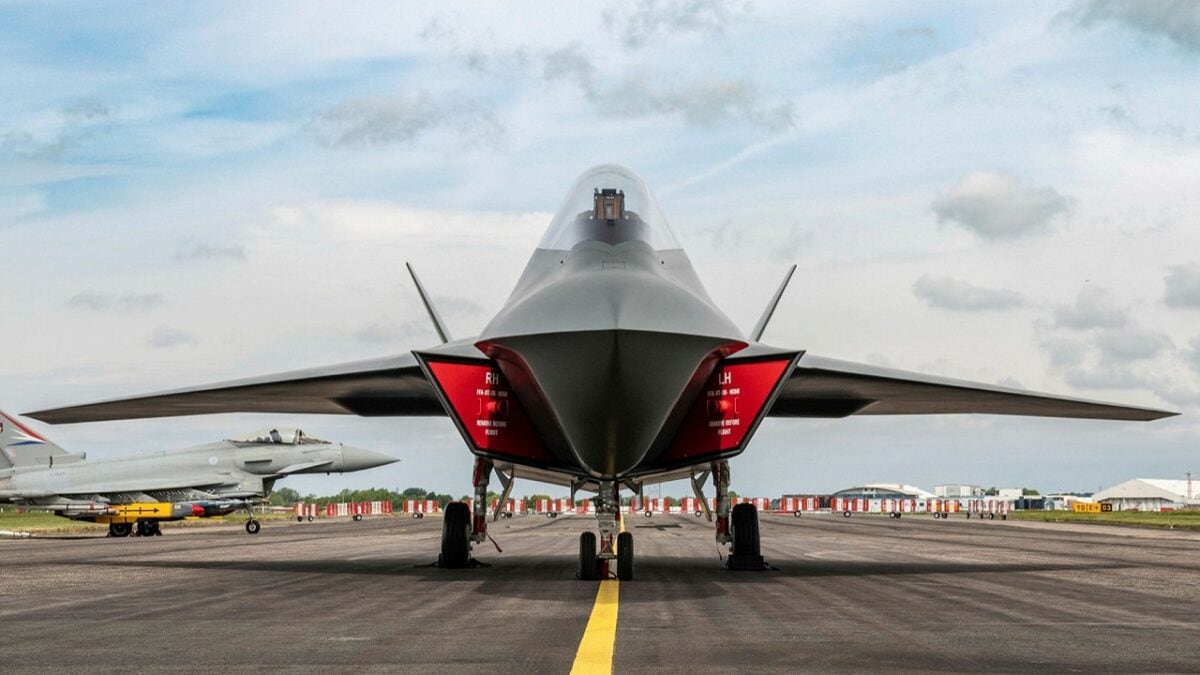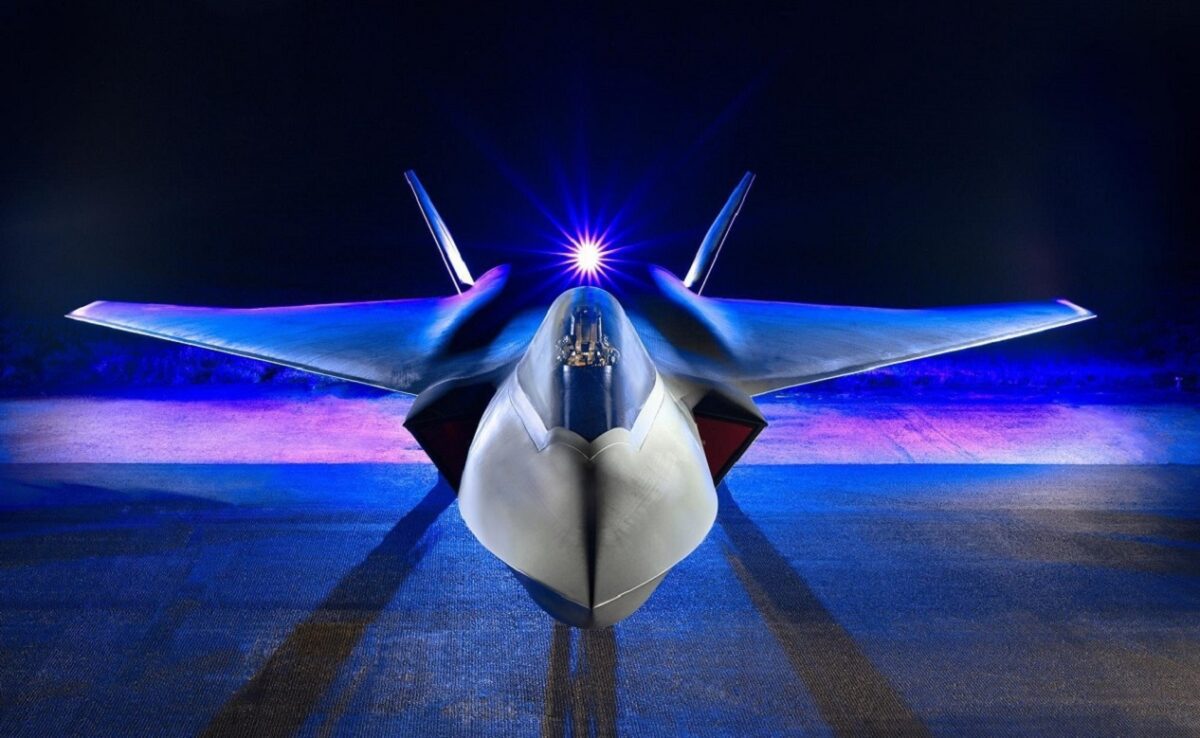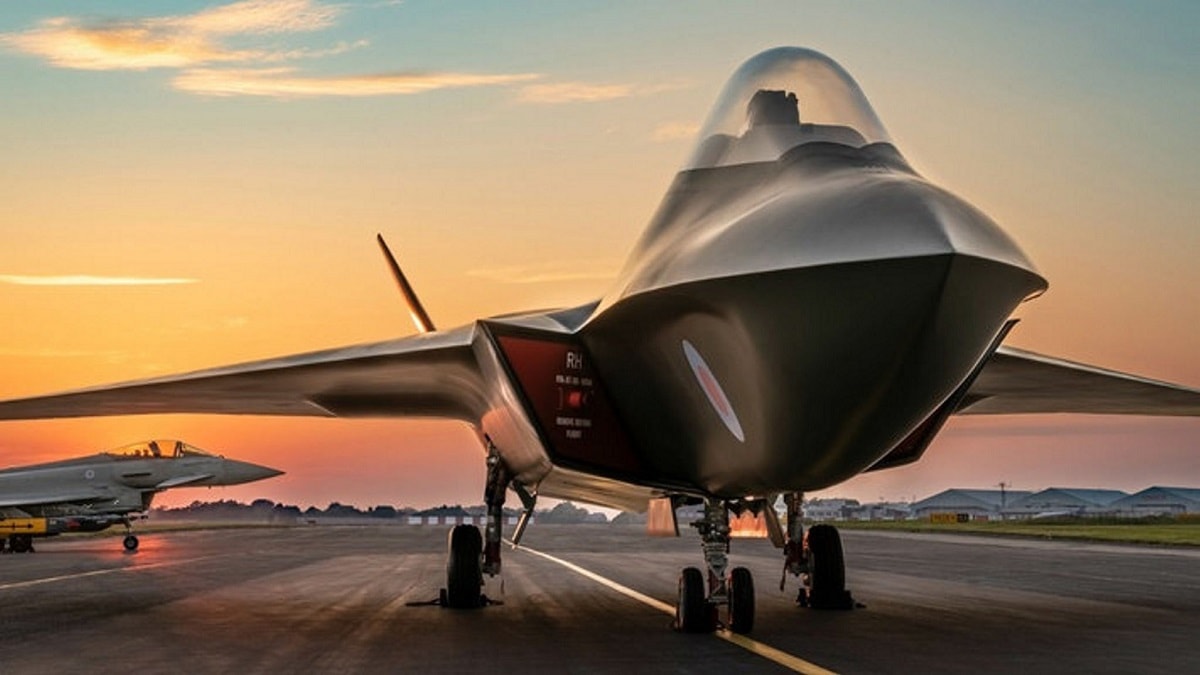The Tempest is the United Nations of fighter planes – defense contractors from four different countries are collaborating on its development.
The United Kingdom leads the coalition working on the sixth-generation Tempest Future Combat Air System. The FCAS is a featured attraction at this week’s Farnborough International Air Show, which began on July 18. British Defense Secretary Ben Wallace confirmed at Farnborough that the Tempest would fly in the next five years.
Tempest Brings Together Many Companies, Many Countries
Wallace stated in a news release that the project shows the benefits of multi-country collaboration.
“The design and development of the demonstrator aircraft represents an important milestone, showcasing the success and talent of our engineers, programmers, and software developers,” Wallace stated. “This program will go on to attract opportunities for many more great minds and talent from across the UK.”
Defense contractors from the United Kingdom, Italy, Sweden, and Japan are working together for the Tempest FCAS. The airplane is designed to have super stealth features; software that can support numerous types of missions; the ability for pilots to select different types of weapons and sensors; and fuel capability for diverse needs. The airplane could also be operated in manned or unmanned modes.
The engine will give the aircraft high maneuverability with more power, an extended range, excellent payload, and maximum thrust-to-weight ratio. A new cooling system will reduce the airplane’s heat signature, allowing it to be stealthier.
Work on the technology demonstrator is being conducted at BAE Systems’ facility near Preston, in northern England. Other British contractors include Leonardo UK and MBDA UK. The program is looking to employ 2,500 people in England and Scotland, with 1,300 hired by 2023. Researchers at universities in the UK provide the brainpower right now.
Rolls-Royce will work on a gas turbine engine for the Tempest that the firm is calling “Orpheus,” which they built and tested in less than two years. BAE Systems is in charge of the fuselage. Leonardo UK and Japan’s Mitsubishi Electric are working on a next-generation sensor system called “Jaguar.” This system will “integrate Tempest’s defensive aids suite, infrared search-and-track and electronic support measures to work together through an advanced form of data fusion,” according to a July 18 report from Aviation Week at Farnborough. Leonardo Italy is developing the communications system. MBDA is using artificial intelligence and machine learning for the weapons’ targeting system. Saab and GKN Aerospace Sweden are also systems integrators.
Will It Be Ready by 2035?
The British Ministry of Defense wants to have the Tempest FCAS manufactured in numbers by 2035, so that the aircraft may take the place of the Eurofighter Typhoon. In 2021 the British government invested $350 million into Team Tempest.
It is fair to ask, though, whether the Tempest program has too many cooks in the kitchen. The multi-country approach will be difficult to pull off. If one defense contractor falls behind schedule or runs afoul of its projected costs, the other companies may suffer their own delays as they wait for components.

Tempest 6th Generation Stealth Fighter. Image Credit/Artist Rendering from BAE Systems.

Artist Rendering of Tempest Fighter.

6th-Generation Fighter. Image Credit. Tempest Program.
But the program does harness the best and the brightest human capital from several countries, while creating economic development. It will be up to the British government to fully fund the airplane and lead the program to success. Other defense contractors will have to pull their weight, but there is enough time to fully integrate the plane’s many disparate systems, allowing the sixth-generation fighter to fly in the next five years. If the firms can pull it off, the Tempest may provide a template for future multinational collaborations on the design and manufacture of new planes.
Now serving as 1945’s Defense and National Security Editor, Brent M. Eastwood, PhD, is the author of Humans, Machines, and Data: Future Trends in Warfare. He is an Emerging Threats expert and former U.S. Army Infantry officer. You can follow him on Twitter @BMEastwood.

